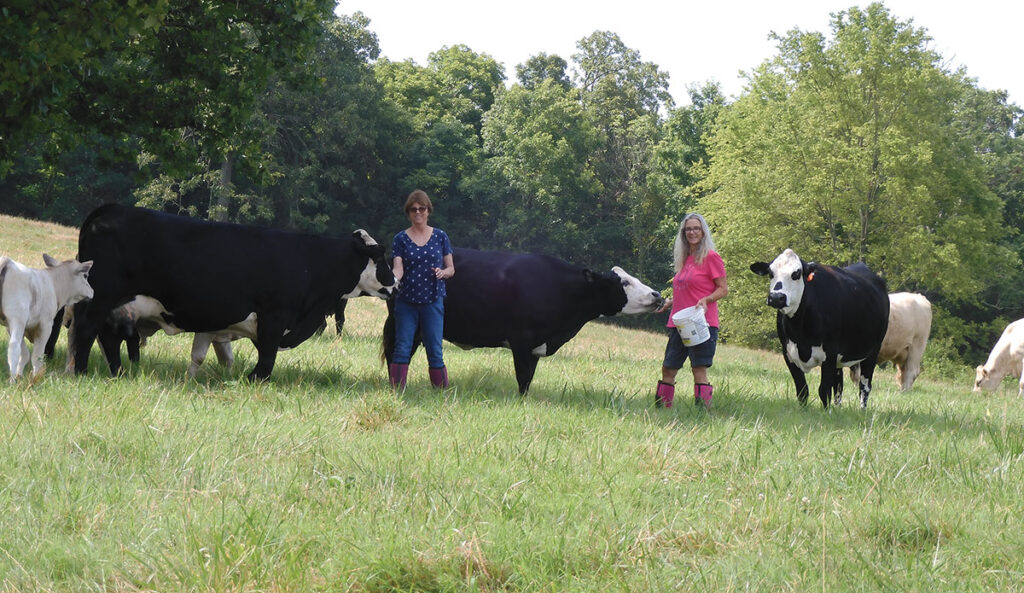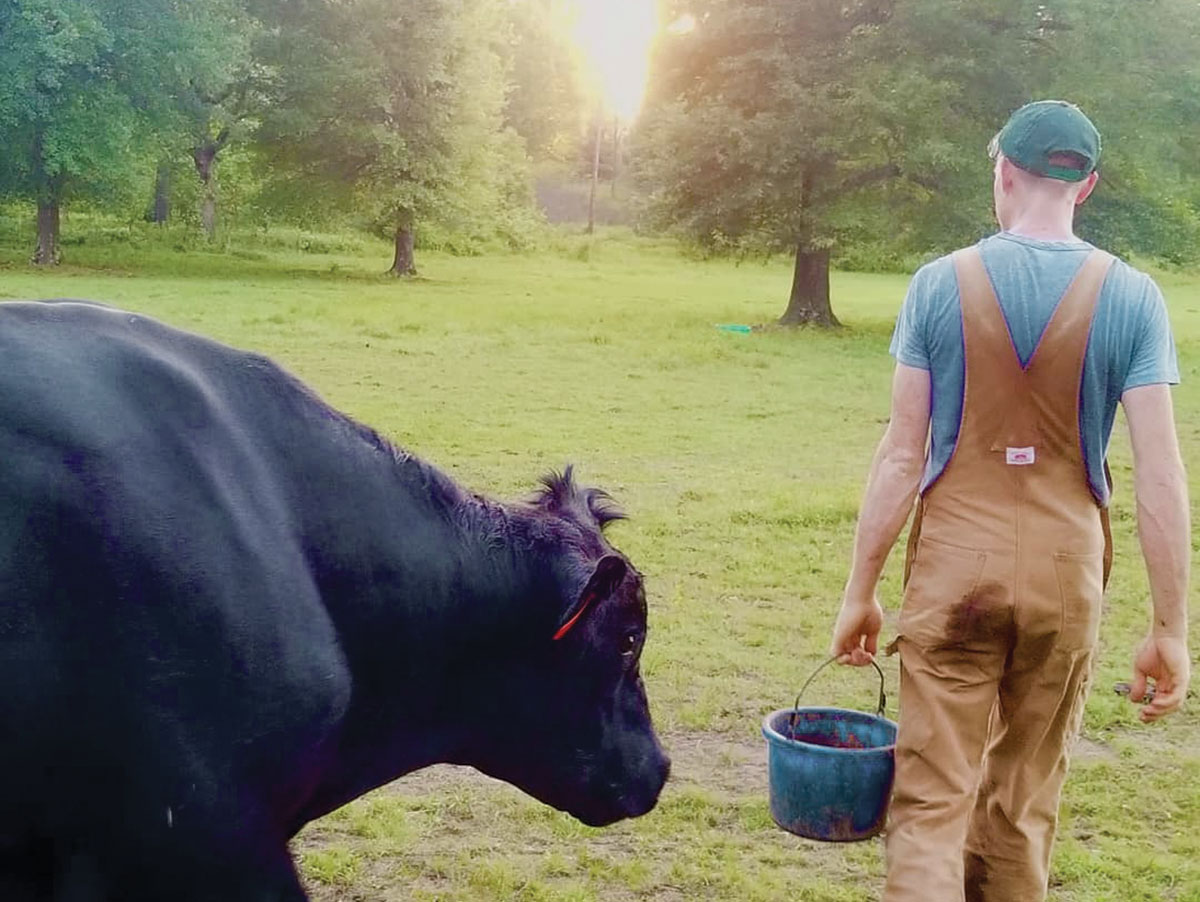
Pat Rogers says her children are taking over more of the farm, just as she did with her parents
WEST FORK, ARK. – Pat Rogers moved to West Folk, Ark., from the Panhandle of Texas in 1958 with her husband Wayne Gum and family.
Pat and Wayne moved to the Ozarks to be near Pat’s parents and grandparents and to continue Wayne’s job as a member of a seismograph team searching for oil sites. When the couple arrived, they came with their son Perry, who sadly passed at 30, and later had daughters Kathy Julich and Janell Prater. In the beginning, Wayne earned only $1 an hour, but managed to purchased 120 acres just down the road from Pat’s father and mother, Jess and Bobbie George, who also owned 120 acres on which they raised chickens in two wooden houses and calves in a small cow/calf operation. Pat and Wayne, however, did not rush into agriculture.
“Everything was different then,” Pat said. “People still used horses for planting and mowing.”
The haying process was very labor-intensive. They used horses to cut the hay and then raked by hand before loading the hay into a truck. The truck was driven to the storage location where a tree pole was set in the ground and hay from the truck was spread in a circle around. Then everybody stomped on the hay until it was compacted, followed by another layer and another and another, with each circle of hay being slightly smaller than the one above.
While the young family always kept a milking cow and a few commercial beef cows whose calves they sold for others to finish and eat, they didn’t begin farming until the 1970s when they built a chicken house and slowly began expanding their herd by retaining heifers until they finally got to 20 cows.
The farm now has 230 acres, with an additional 80 they use in exchange for maintaining the land. While no longer raising chickens, Pat’s herd is comprised of 17 cows, nine bred heifers and 15 young heifers they are developing for breeding when they reach 2.5 years of age. Mature females are bred by a Beefalo bull purchased from the Done Rovin’ Beefalo Ranch in Lincoln, Ark. Heifers are bred by a black baldie. An important consideration when selecting the bulls was gentleness because the females are all gentle and like pets.
“My husband knew I was about to go for the IRS man’s throat and put a hand on my arm to discuss the issue with him. They never called it a hobby farm again.
— Pat Rogers
At 86, Pat is no longer running her herd but being helped by her family, just as she helped her grandparents and parents. As the older generations aged, Pat and her children stepped up to help. At one point Pat was taking care of the two chicken houses of her parents, her chicken house, five sows with litters of 10 to 12 piglets per sow three times a year that were sold to others to finish and eat and all the cattle, in addition to raising three children, maintaining a large garden and running a household.
One time, the government was not going to allow her and her husband to claim the farm as a farm but rather as a hobby farm, which meant not being able to use many of the allowable tax deductions.
“My husband knew I was about to go for the IRS man’s throat and put a hand on my arm to discuss the issue with him,” Pat recalled. “They never called it a hobby farm again.”
While the tax man was not very popular with Pat and Wayne, she and her husband did use government programs to help construct three ponds and the chicken house. Pat admits they would never have been able to afford to do it by themselves, and she especially appreciated not having to haul water from the well in 5-gallon buckets farm and personal needs.
Pat’s daughters and their husbands, Mike and Rick, now run the farm, but Pat is still involved in many ways, including keeping track of new calves.
The cattle are grass and hay fed, with mineral always available. Cubes are used when supplementation is necessary, especially during the winter. Because of Arkansas’ variable weather, feeding hay is sometimes necessary during the summer. One advantage/disadvantage of the farm’s location is that the land is low, right near the headwaters of the Illinois River. Consequently, the land is wet longer than most farms in the area and weathers dry spells a little better, but that same moisture retention can cause foot rot. Pastures are comprised of fescue and over-seeded with Orchard grass and clover so the protein content is higher.
Calves have one round of vaccinations and are sold at weaning. While calves are usually sold in Siloam Springs, Ark., other local markets are used depending upon how quickly they need to move the calves and what sale barn is open that particular day of the week.
All have off-the-farm jobs and have to work mesh agricultural activities and their working schedules. Currently, they are expanding the herd to make more efficient use of the available land, with the goal of keeping as many animals as the land will easily support.
Kathy and Jenell remember their childhood as a happy and fun time though they worked long hours along with their mother. They remember smoothing out the rice hulls by hand after they cleaned litter out the chicken houses.
To earn money for uniforms and camps, the girls cleaned out goat barns which were infrequently cleaned back then so that waste was deep and heavy. Both girls agree they lived working hard and enjoyed it and still do.







